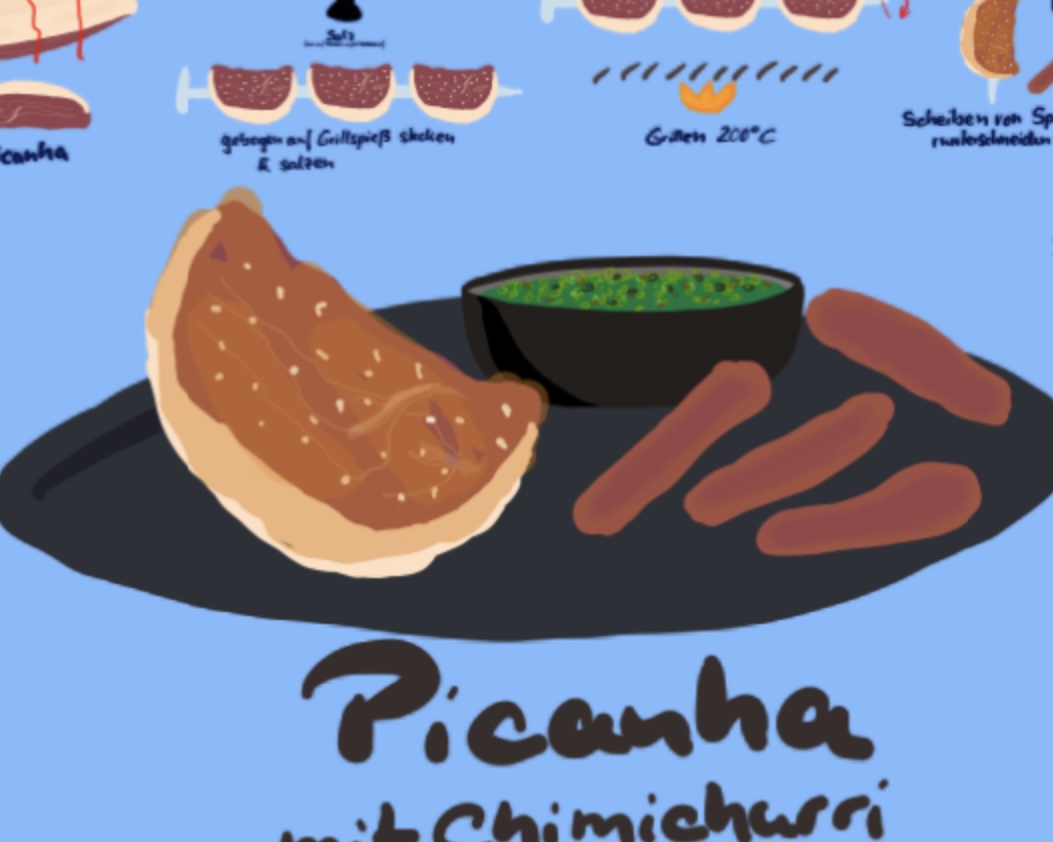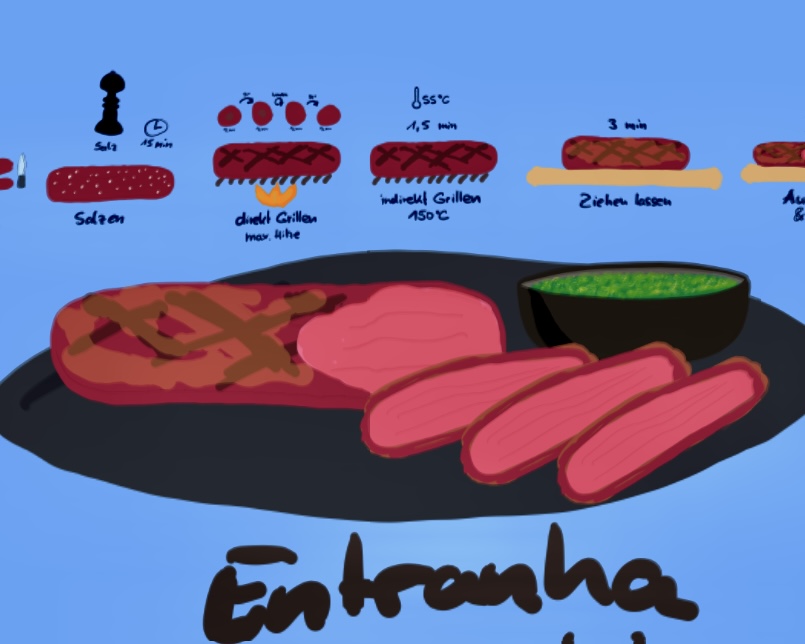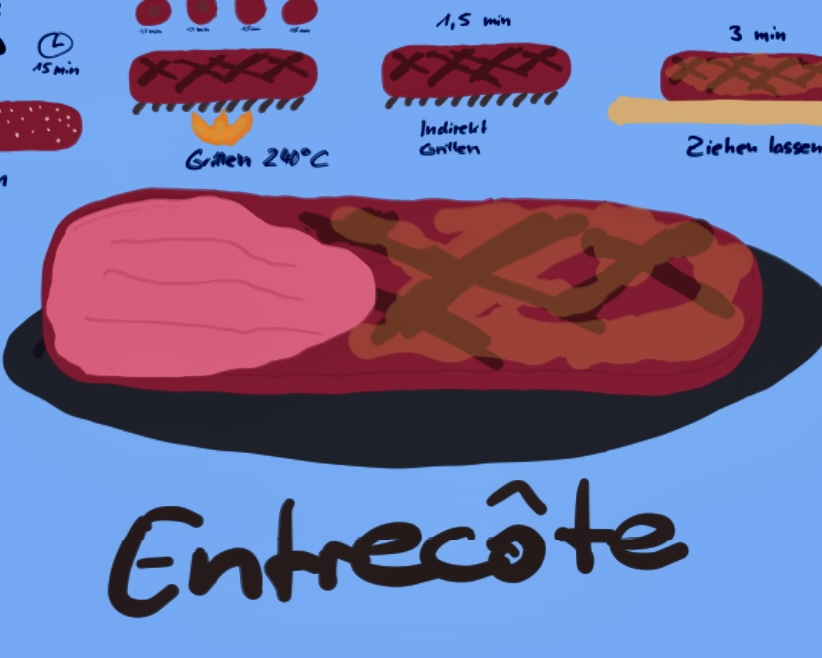Perfect Denver Steak for BBQ
Instructions: Tap the Map & Cook Along 👇
Denver Steak: The Hidden Gem of Beef Cuts
In the vast, flavorful world of beef, there's a cut that has been quietly making a name for itself among meat enthusiasts and chefs alike: the Denver steak. Tucked away within the chuck section of the cow, this relatively new cut is emerging as a must-try for anyone passionate about their steaks. With its perfect blend of marbling, tenderness, and rich beefy flavor, the Denver steak offers a unique dining experience that stands out from the more familiar cuts. Let’s dive into the story of the Denver steak, exploring its origins, characteristics, and how to prepare it to perfection.
Unveiling the Denver Steak
The Denver steak comes from the underutilized front shoulder of the cow, specifically from the chuck. For years, this area was overlooked in favor of more prestigious cuts. However, meat scientists and butchers discovered that when expertly carved, the chuck could yield a steak with exceptional qualities, leading to the birth of the Denver steak. This cut combines the best of both worlds: the marbling and richness of a ribeye with the depth of flavor characteristic of chuck meat.
Characteristics of a Culinary Marvel
What sets the Denver steak apart is its fine marbling, which promises a tender, juicy steak that's full of flavor. This cut is relatively lean yet possesses enough intramuscular fat to create a luxurious mouthfeel and taste. The Denver steak's beefy, slightly sweet flavor profile makes it versatile in the kitchen, able to stand up to bold seasonings and marinades or shine on its own with just a sprinkle of salt and pepper.
Preparing the Perfect Denver Steak
Cooking a Denver steak to perfection requires a touch of care to preserve its tenderness and amplify its natural flavors. Here are some tips for preparing this exquisite cut:
1. Season Generously: Given its rich flavor, the Denver steak benefits from simple seasoning. Salt and pepper are often all you need, but feel free to experiment with your favorite steak rubs.
2. Heat Matters: To achieve a caramelized crust without overcooking the interior, cook the Denver steak on medium-high heat. Whether you're grilling, broiling, or pan-searing, make sure your cooking surface is hot before the steak touches it.
3. Resting is Crucial: Like all steaks, the Denver cut should rest after cooking, allowing the juices to redistribute throughout the meat. This step ensures every bite is as juicy and flavorful as possible.
4. Slicing Against the Grain: To maximize tenderness, slice the Denver steak against the grain. This technique shortens the muscle fibers, making the steak easier to chew.
Serving Suggestions
The Denver steak's versatility makes it a standout main course that pairs well with a variety of sides. Consider serving it alongside roasted root vegetables, a crisp green salad, or creamy mashed potatoes. For wine enthusiasts, a medium-bodied red wine such as a Merlot or a Zinfandel can complement the steak’s robust flavors beautifully.
Conclusion
The Denver steak is a testament to the culinary treasures hiding in plain sight, waiting to be discovered. Its emergence as a prized cut in the steak world speaks to the innovation and expertise of butchers who saw potential in an overlooked piece of meat. For those looking to explore beyond the familiar favorites, the Denver steak offers a delicious, tender, and flavorful adventure. Whether you're a seasoned steak lover or a curious foodie, this hidden gem is sure to provide a memorable dining experience that tantalizes the taste buds and broadens the horizons of beef connoisseurs. So, why not take a culinary detour and treat yourself to the delightful discovery that is the Denver steak?




